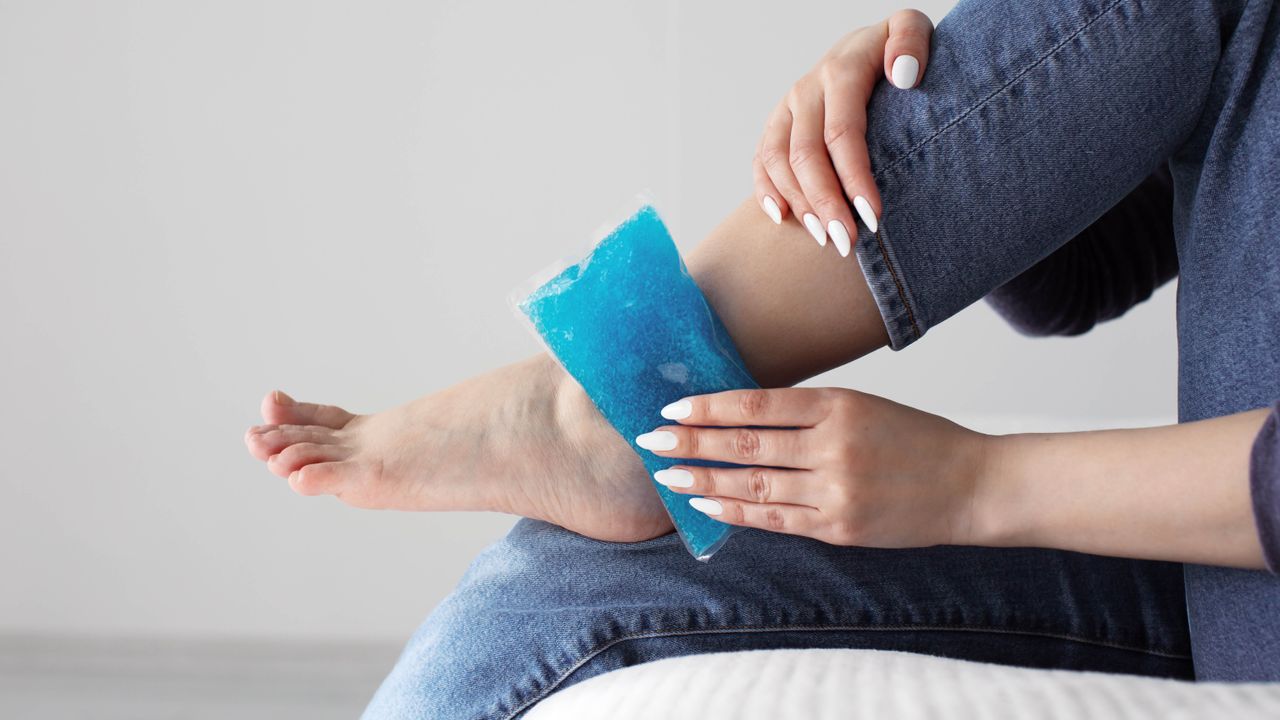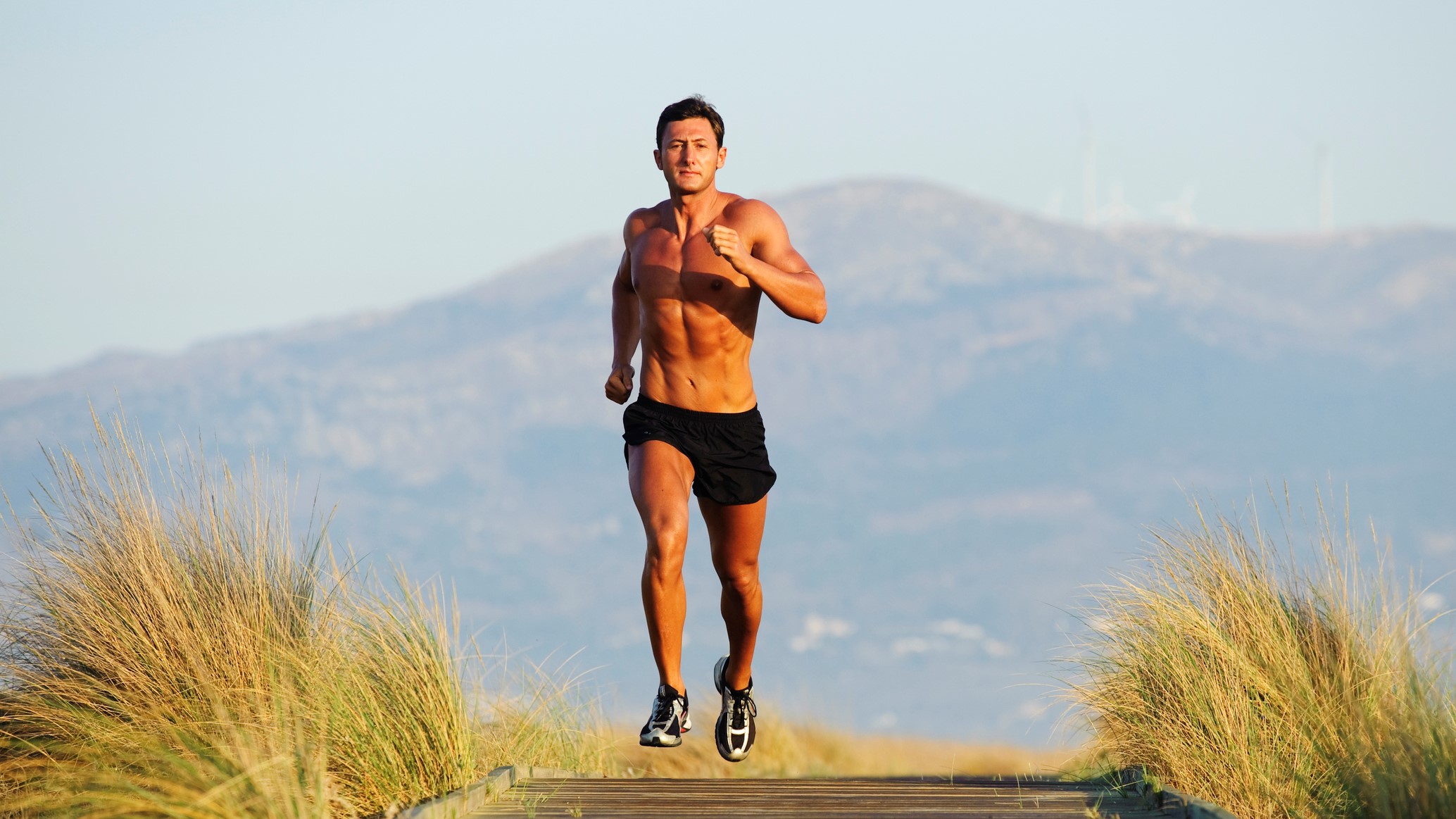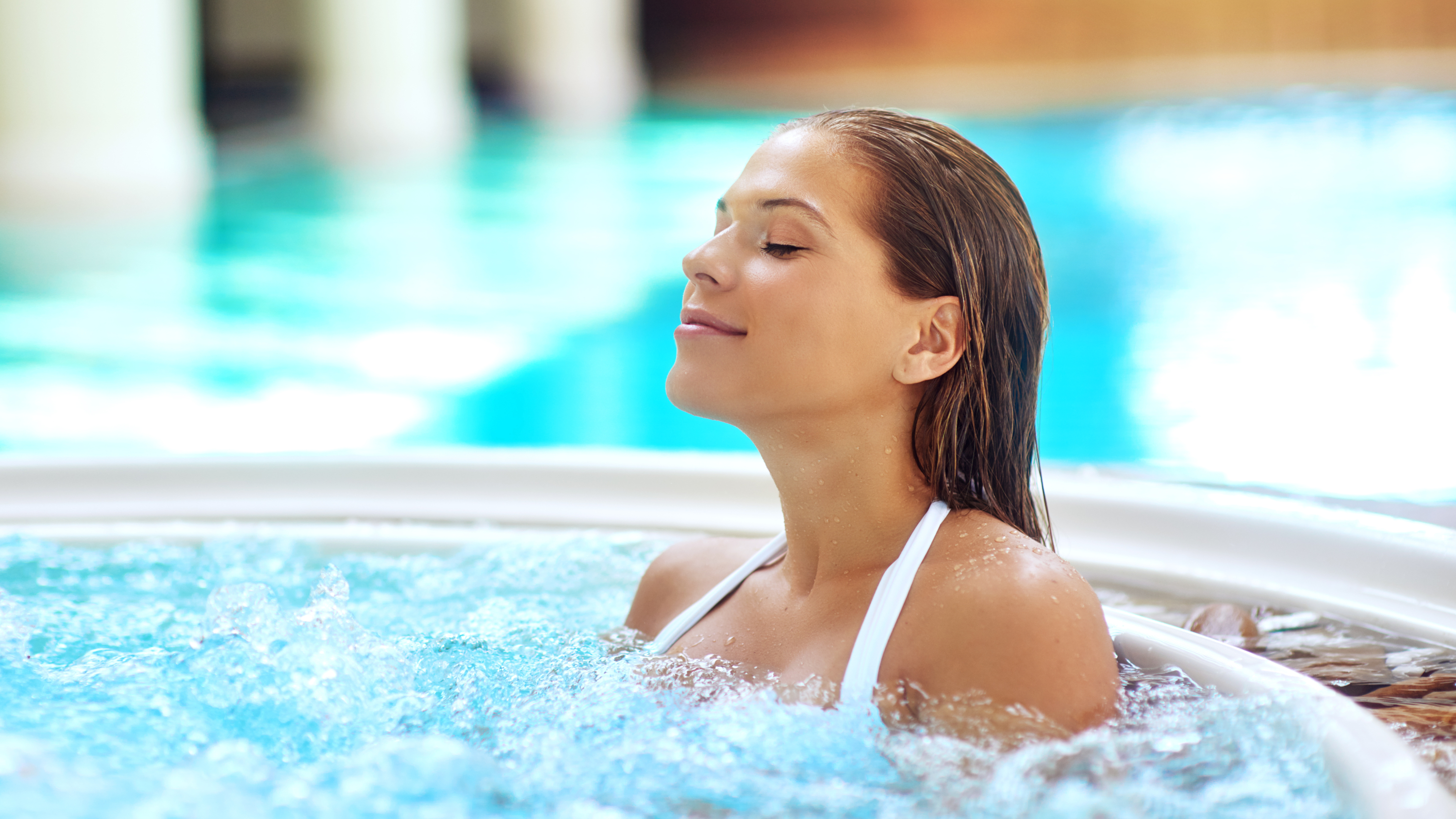
We’re hardly short on ways to boost muscle recovery, whether it’s pummeling ourselves with the best massage guns or paying a visit to the local physiotherapist.
But a debate has been simmering in the background about hot and cold therapy, and it’s this: is heat or ice better for muscle recovery? Or both?
Growing up, I’ve always been taught to apply ice to swollen ankles or sore muscles post-workout, but then the rise of heat therapy came along, and suddenly, you’re either jumping into an ice bath, braving an infrared sauna, or flipping between the two in something called “Contrast Water Therapy.”
Now, a study says this is the real answer. Here’s what it shows.
What is the study?

A study published in the Journal of Physiology looked at the effects of hot water and cold water therapy on muscle recovery in 34 participants. They found evidence to suggest that hot water immersion therapy significantly improved recovery compared to cold water.
They found evidence to suggest that hot water immersion therapy significantly improved recovery compared to cold water.
Researchers simulated a muscle injury in a lab setting, then used several modalities to see which would offer the most improvement.
Participants were offered three recovery methods: cold (15 minutes at 12 degrees Celsius / 53.6 Fahrenheit), hot (60 minutes at 42 degrees Celsius / 107.6 Fahrenheit) and room temperature (30 minutes at 12 degrees Celsius / 53.6 Fahrenheit), all performed daily for 10 days.
Recovery was monitored using inflammation markers, muscle biopsies and performance testing. While strength improvements were similar in each setting, hot water showed to reduce perceived muscle pain and improve muscle damage markers; cold water didn’t improve perceived muscle pain or reduce markers of damage.
In short, the experiment found that hot water immersion could be more beneficial than cold water and room temperature immersion recovery methods for muscle regeneration and injury.
Benefits of cold water immersion

Whether it’s wild swimming, cryotherapy, or ice plunges, subjecting the body to temperatures below 15 degrees Celsius (59 degrees Fahrenheit) has been thought to have multiple benefits for the body, including boosting mood and focus and enhancing recovery.
One study published in Biology reported participants felt more alert and attentive and less nervous or distressed after cold water bathing.
The American Heart Association (AHA) warns of some risks associated with cold water immersion, and the data surrounding the practice is limited, so always exercise this form of recovery with caution and seek medical advice if you’re unsure.
Benefits of hot water immersion

There are many types of heat therapy, such as infrared saunas, traditional saunas, steam rooms and heat packs. However, it’s hot water immersion — think hot tubs or similar — that could be the most effective.
A study found that soaking in a hot tub, or soaking in hot water in general, could boost blood flow, immune response and cardiovascular health compared with traditional or infrared saunas when assessing heat methods.
This could be in part because the immersion method helps raise core body temperature more effectively, which could be a key stimulus for the responses the study found.
Then, there’s contrast therapy, or hot and cold therapy (as it’s also known). This involves switching between both methods in the same recovery session, allowing you to benefit from the energizing and mood-boosting benefits of cold water, followed by the soothing and relaxing benefits of heat.
Here’s a little evidence to support the method: a study published in PLoS One found that contrast therapy outperformed passive recovery or rest in reducing muscle pain after workouts in athletes.
The next time you're faced with the decision: Hot or cold? Now you know which way to swing.
Follow Tom's Guide on Google News to get our up-to-date news, how-tos, and reviews in your feeds. Make sure to click the Follow button.







